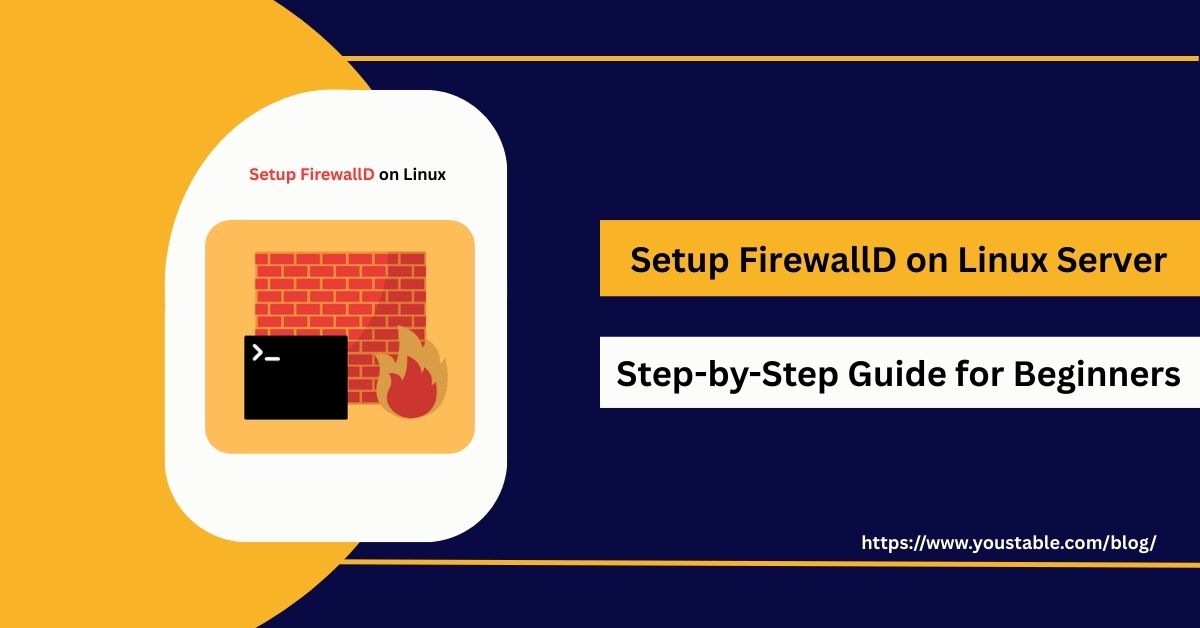Kubernetes is a powerful open-source platform for automating the deployment, scaling, and management of containerized applications. Learning to setup Kubernetes on a Linux server allows developers and administrators to efficiently manage clusters of containers, ensuring high availability and scalability.

In this article, we will guide you through installing Kubernetes, configuring the cluster, testing deployments, troubleshooting common issues, and following best practices for a secure and optimized Kubernetes environment.
Prerequisites
Before setting up Kubernetes, ensure your Linux server meets the following requirements:
- Supported Linux distributions: Ubuntu, Debian, CentOS, Fedora
- User permissions: User with sudo privileges
- System updates: Keep your system updated using
apt update && apt upgradeoryum update - Container runtime: Docker, containerd, or CRI-O installed
- Network configuration: Open necessary ports for Kubernetes components
These prerequisites help ensure a smooth installation and proper cluster functioning.
Setup Kubernetes on a Linux Server
Setting up Kubernetes requires installing the Kubernetes components, initializing the cluster, and configuring nodes. This section will guide you step-by-step to have a functional Kubernetes environment.
- Installing Kubernetes Components
Install kubeadm, kubelet, and kubectl:
sudo apt update
sudo apt install -y apt-transport-https ca-certificates curl
curl -s https://packages.cloud.google.com/apt/doc/apt-key.gpg | sudo apt-key add -
sudo add-apt-repository "deb https://apt.kubernetes.io/ kubernetes-xenial main"
sudo apt update
sudo apt install -y kubelet kubeadm kubectl
sudo apt-mark hold kubelet kubeadm kubectl- Initializing Kubernetes Cluster
On the master node, run:
sudo kubeadm init --pod-network-cidr=10.244.0.0/16Set up kubectl for the regular user:
mkdir -p $HOME/.kube
sudo cp -i /etc/kubernetes/admin.conf $HOME/.kube/config
sudo chown $(id -u):$(id -g) $HOME/.kube/config- Installing Pod Network
Install Flannel network plugin:
kubectl apply -f https://raw.githubusercontent.com/coreos/flannel/master/Documentation/kube-flannel.yml- Joining Worker Nodes
On worker nodes, use the join command provided by kubeadm init to connect to the cluster.
- Verifying Cluster
Check node status:
kubectl get nodes
kubectl get pods --all-namespacesConfiguring Kubernetes in Linux
Proper configuration ensures your Kubernetes cluster runs efficiently and securely. This section covers essential configuration steps for cluster management.
- Managing Namespaces
Create and manage separate namespaces for applications:
kubectl create namespace my-app
kubectl get namespaces- Deploying Applications
Deploy a sample application:
kubectl create deployment nginx --image=nginx
kubectl expose deployment nginx --type=NodePort --port=80
kubectl get services- Setting Resource Limits
Set CPU and memory limits for pods using YAML configuration to prevent resource exhaustion.
- Configuring Access
Use Role-Based Access Control (RBAC) to manage user permissions securely.
Troubleshooting Common Issues
Even after proper setup, issues can arise. Learning to fix Kubernetes issues in Linux ensures cluster stability and application reliability.
Common Issues and Fixes:
- Node Not Ready:
Check node status and kubelet logs:
kubectl get nodes
journalctl -u kubelet- Pod CrashLoopBackOff:
Inspect pod logs:
kubectl logs pod-nameCheck resource limits and container configuration.
- Networking Issues:
Verify pod network installation and firewall rules; ensure correct CIDR ranges.
- Failed Join Node:
Check kubeadm token validity and network connectivity between master and worker nodes.
By following these troubleshooting steps, most Kubernetes issues can be resolved quickly.
Best Practices for Managing Kubernetes on Linux
Managing Kubernetes on Linux requires following best practices to maintain a secure, scalable, and efficient environment. From optimizing cluster performance to strengthening security policies, these practices help administrators ensure smooth operations. Proper management also improves reliability, resource utilization, and overall productivity of applications running in the Kubernetes ecosystem.
Security
- Enable RBAC and limit privileges
- Use network policies to control pod communication
- Keep Kubernetes and container runtimes updated
Performance
- Monitor resource usage with
kubectl top - Use horizontal pod autoscaling for dynamic workloads
- Optimize pod scheduling and node allocation
Maintenance
- Regularly back up the cluster configuration and etcd
- Monitor logs and events for anomalies
- Keep cluster components and applications updated
By implementing these practices, your Kubernetes cluster will remain stable, secure, and efficient.
Conclusion
Learning to setup Kubernetes on a Linux server is essential for deploying and managing containerized applications effectively. By following this guide, you now know how to install Kubernetes, configure clusters, deploy applications, troubleshoot common issues, and implement best practices for security and performance. Kubernetes provides a scalable and reliable platform for modern applications. For more, visit the Official Kubernetes Documentation.



